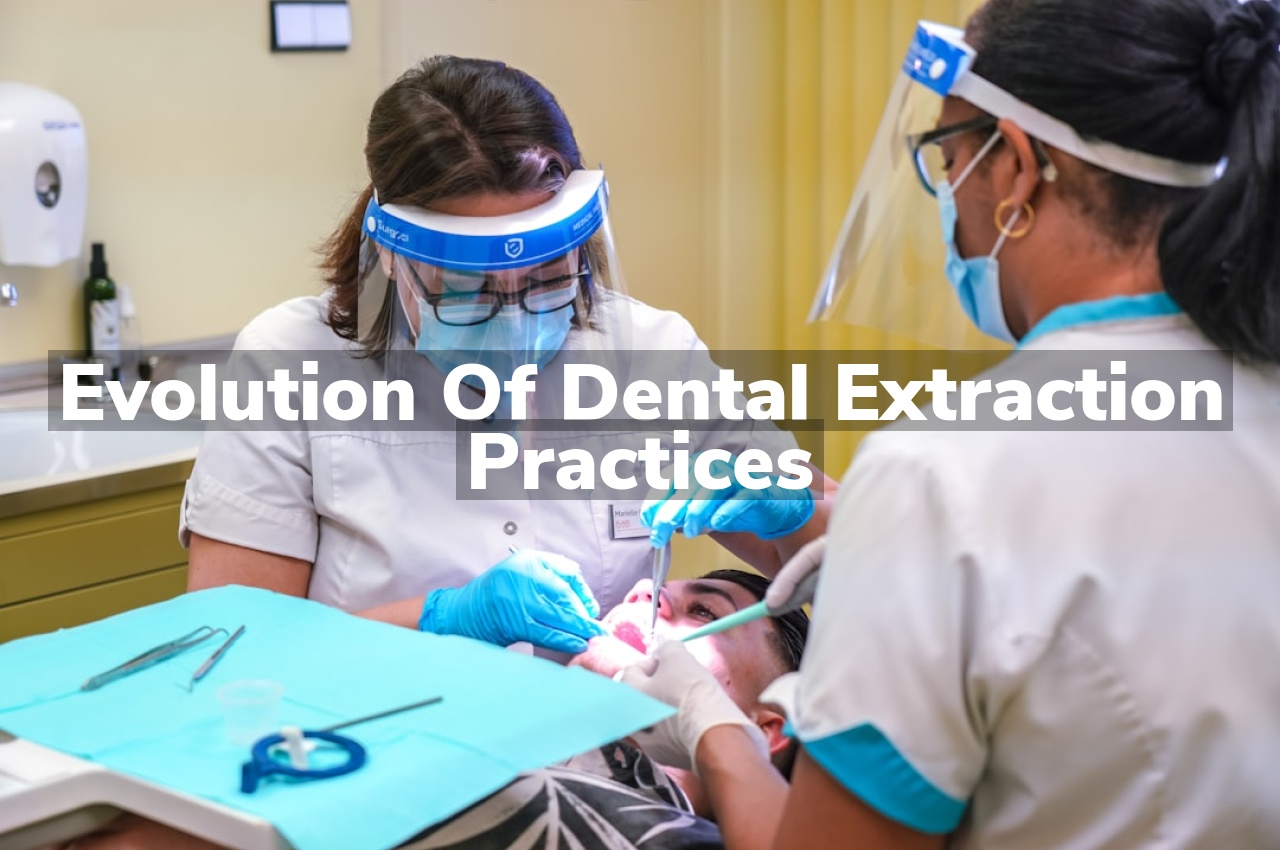How have dental extraction practices evolved over the centuries? From the rudimentary use of forceps in ancient times to the sophisticated surgical techniques of today, the journey of dental extraction has been marked by significant advancements in both technology and methodology, ensuring safer and more effective outcomes for patients.
Ancient Methods of Tooth Removal
The journey of dental extraction practices is a fascinating tale that stretches back to ancient civilizations. Long before the advent of modern dentistry, various cultures had their unique methods for dealing with troublesome teeth. These ancient techniques were often rudimentary and, by today’s standards, quite brutal. Without the sophisticated tools and anesthesia available now, early dentists had to rely on simple instruments like forceps and, in some cases, their fingers to remove teeth. This process not only required immense physical strength but also a high tolerance for pain from the patient. The evolution of these practices reflects humanity’s enduring quest to alleviate oral discomfort and improve overall mouth health.
Understanding the historical context of tooth removal helps us appreciate the advancements in dental care and the importance of maintaining oral health. The transition from these early, crude methods to the precise and relatively pain-free procedures of today highlights significant progress in dental science. For more insights into how dental practices have influenced oral health over the centuries, consider exploring the topic of Dental Removals’ Impact on Mouth Health. This exploration sheds light on the critical role that dental health plays in our overall well-being, tracing back to the times when tooth extraction was a common solution for a variety of dental ailments.
Medieval Dentistry and Extraction Techniques
The evolution of dental extraction practices has seen a significant transformation from its early days, particularly during the medieval period. During these times, dental care was rudimentary at best, with a limited understanding of oral health and hygiene. Dentistry in the medieval era was often practiced by barbers and general physicians who doubled as dental practitioners. They employed a variety of extraction techniques, many of which were crude by today’s standards. The tools used for these procedures were basic and included instruments like forceps and pelicans, which were designed to grip and pull teeth with minimal precision. Pain management was minimal or non-existent, making dental extractions a dreaded experience.
Despite the rudimentary methods, these early practices laid the groundwork for modern dentistry. Over time, the development of more sophisticated tools and techniques has greatly improved the safety and comfort of dental extractions. Today, dental professionals are equipped with advanced technology and a comprehensive understanding of oral health, ensuring that patients receive the best possible care. For those seeking expert dental care, including safe and comfortable tooth extractions, visiting a professional is crucial. For expert tooth extraction services, consider Expert Tooth Extraction Monrovia for your dental needs.
19th Century Dental Extraction Innovations
The 19th century marked a significant period in the evolution of dental extraction practices, witnessing groundbreaking innovations that transformed the field of dentistry. During this era, advancements in dental tools and techniques greatly improved the efficiency and safety of tooth extractions. The introduction of new instruments, such as the dental key and forceps, allowed for more precise and less traumatic removal of teeth. Additionally, this period saw the beginning of anesthesia’s use in dental procedures, significantly reducing pain and discomfort for patients. These innovations laid the groundwork for modern dental extraction methods, emphasizing the importance of patient care and procedural efficacy.
Modern Anesthesia and Surgical Advances
The evolution of dental extraction practices has been significantly influenced by modern anesthesia and surgical advances. These developments have transformed dental surgeries into more comfortable and less intimidating experiences for patients. Modern anesthesia allows for pain-free procedures, ensuring that patients remain comfortable throughout their treatment. Meanwhile, surgical advances have improved the precision and efficiency of dental extractions, minimizing recovery time and enhancing overall outcomes. These innovations reflect the dental industry’s commitment to patient care and comfort. For those seeking a compassionate and skilled approach to dental health, Monrovia Dentist at Healthy Life Dental exemplifies these modern practices.
Future Trends in Tooth Extraction Practices
The landscape of dental extraction practices is poised for significant evolution, driven by advancements in technology and a deeper understanding of oral health. As we look towards the future, the integration of digital imaging and 3D printing is expected to enhance precision in tooth extraction procedures, minimizing discomfort and recovery time for patients. Additionally, the development of new materials and techniques for bone preservation and regeneration around extraction sites promises to improve outcomes for subsequent dental restorations. These emerging trends reflect a broader shift towards more patient-centered and technologically sophisticated dental care, aiming to ensure that tooth extractions are as efficient, effective, and comfortable as possible.
Conclusion
The journey through the evolution of dental extraction practices highlights the significant advancements in dental care. For further inquiries, call us at 626-256-3368 or read our reviews on Google Maps.





